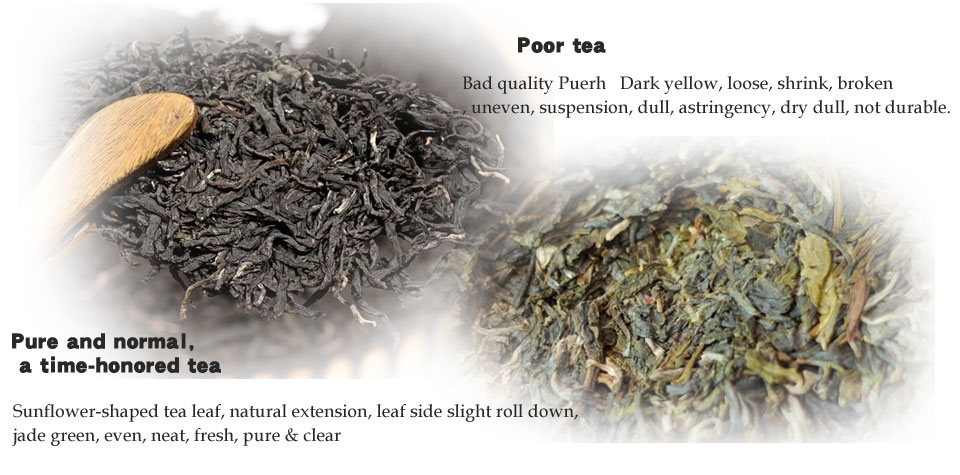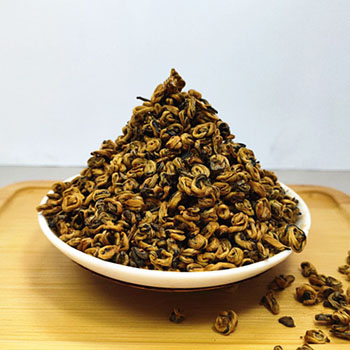Focus on glycolysis, aerobic oxidation of sugar, pentose phosphate bypass, gluconeogenesis, synthesis of ketone bodies, cholesterol and phospholipids, respiratory chain, oxidative phosphorylation, special amino acid metabolites, one carbon unit metabolism, purine and pyrimidine nucleotide synthesis raw materials and catabolites, and substance metabolism.At the same time, Chemical Custom synthesis It is no longer a relatively unfamiliar industry, and it enters the public’s sight more and more frequently, gaining more attention and recognition. https://www.all-chemistry.com/
The chapter on sugar metabolism is the focus of the exam, so we should master it comprehensively. The chemical reaction formula of sugar metabolism is complicated, and the focus of the annual examination is basically on the reaction site, key enzymes and regulation, energy production and the relationship between important substances. Glycolysis, gluconeogenesis and aerobic oxidation of sugar are all contents that must be familiar with. The synthesis of ketone bodies and cholesterol in lipid metabolism, pay attention to the difference between them. Ketones are synthesized in the liver and utilized outside the liver, while fats are synthesized in the liver and stored outside the liver. Fat synthesis, ketone body synthesis and cholesterol synthesis are the raw materials of acetyl-CoA synthesis. Synthesis and decomposition of fatty acid, the main material of fatty acid synthesis is acetyl CoA; Under the condition of sufficient oxygen supply, fatty acid is decomposed into CO2 and water in the body, releasing a lot of energy, which is the main form of fatty acid catabolism in the body. Phospholipid synthesis. Differentiation of several blood lipids.
Composition of respiratory chain and influencing factors of oxidative phosphorylation. Urea synthesis-ornithine cycle. One carbon unit’s metabolism is often tested, but it is easy to remember as long as you grasp the core content. It comes from one carbon unit-Sisegan, and is transported by one carbon unit-tetrahydrofolate. One carbon unit plays an important role in nucleic acid biosynthesis as a raw material for purine and pyrimidine synthesis, connecting amino acids and nucleotides. Comparison of nucleotide synthesis and decomposition between purine and pyrimidine. The changes in this year’s syllabus are: the deamination of amino acids (oxidative deamination, transamination and combined deamination) is changed to the general metabolism of amino acids (degradation of protein in vivo, oxidative deamination, transamination and combined deamination), which should be reviewed.
.jpg)





